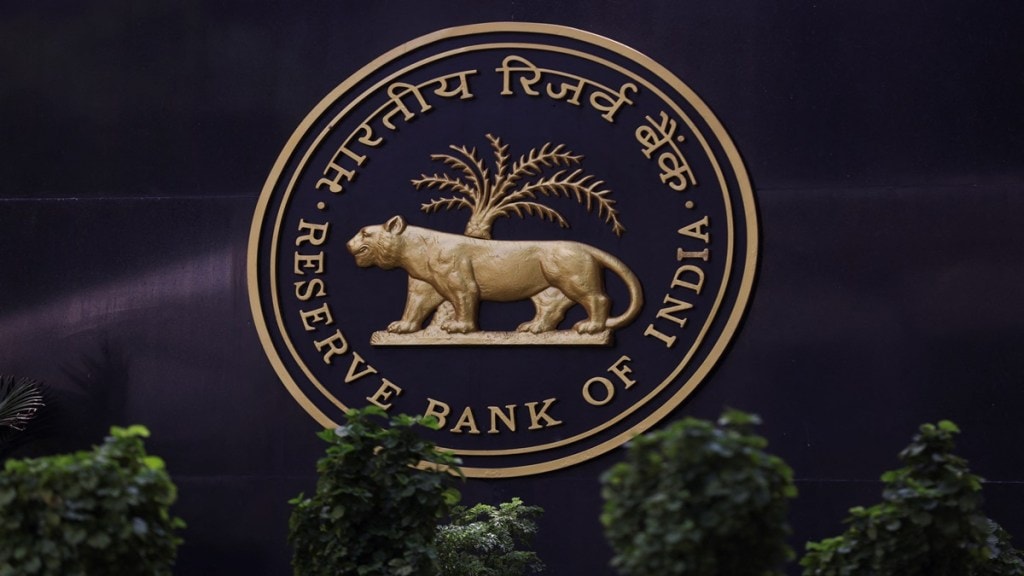The scheduled meeting of the RBI MPC meet began on Monday, Aug 4. The policy decision and accompanying statement will be announced by Governor Sanjay Malhotra on Wednesday, Aug 6, at 10:00 AM.
Analysts expect the Reserve Bank of India (RBI) to maintain a pause in its upcoming Monetary Policy Committee (MPC) meeting, as inflation remains within comfort levels and past rate cuts continue to transmit through the economy. The research agency, CareEdge believes the central bank will adopt a “wait-and-watch” approach given global uncertainties and ongoing trade tensions with the US.
No rate cut expected in August: CareEdge
CareEdge does not expect the RBI to announce any rate cut in the August policy, especially as the real policy rate—adjusted for inflation—is expected to settle between 1 and 1.5 per cent at the current repo rate. The central bank had already frontloaded its easing earlier in the year, and further action is likely only if growth weakens sharply.
“Given the incomplete transmission of the previous rate cuts, the RBI is expected to hold off on further easing, allowing time for the full impact of earlier measures to materialise,” CareEdge said.
“We expect the RBI’s policy statement to retain a dovish tone, while maintaining a cautious outlook on evolving global developments.” It added.
June policy meeting: A recap
In its previous meeting, the RBI had cut the repo rate by 50 basis points to 5.50 per cent, marking the third consecutive rate cut in 2025. The Cash Reserve Ratio (CRR) was lowered by 100 basis points to 3 per cent, and the policy stance was shifted from “accommodative” to “neutral.”
RBI may revise inflation forecast downward, says CareEdge
Headline inflation has cooled significantly in recent months, helped by softening food prices and a favourable base. Consumer Price Index (CPI) inflation fell to 2.1 per cent in June—the lowest since January 2019—largely due to deflation in items like vegetables, pulses, and spices. However, prices of edible oils and fruits remain elevated.
Despite this decline, CareEdge projects that inflation could climb above the 4 per cent mark in the fourth quarter of FY26 as the base effect fades. “We expect CPI inflation to average around 3.1 per cent in FY26. Given the low base of FY26, we expect average CPI inflation to be higher, around 4.5% in FY27.,” CareEdge said in its report that CPI inflation for FY27 is likely to undershoot the RBI’s FY26 projection of 3.7%.
The report added that core inflation has remained stable, though there was a slight uptick in June due to a rise in prices of precious metals. Excluding gold and silver, core inflation stood at a more modest 3.5 per cent.
Growth outlook stays moderate
India’s economy grew by 7.4 per cent in the fourth quarter of FY25. However, growth is likely to slow in Q1 FY26 due to weak performance in the mining, manufacturing, and utilities sectors. CareEdge has maintained its GDP forecast for FY26 at 6.4 per cent, citing strong agricultural activity, benign inflation, and recent rate cuts as supportive factors.
Liquidity remains comfortable
The banking system continues to see a healthy liquidity surplus. As of July-end, surplus liquidity stood at Rs 2.7 trillion, nearly double the April levels. The RBI’s upcoming 100 basis point phased cut in the Cash Reserve Ratio (CRR), starting September, is expected to inject around Rs 2.5 trillion of durable liquidity by year-end.
The central bank’s record Rs 2.7 trillion dividend transfer to the government will also support liquidity. However, some of this surplus may be neutralised by the RBI’s unwinding of its forward dollar book.
CareEdge noted that surplus liquidity has kept short-term money market rates stable, aiding the smooth transmission of policy rate cuts. The call rate has hovered near or below the Standing Deposit Facility (SDF) rate in recent months.
US tariffs may dent India’s GDP by up to 0.4 per cent: CareEdge
The report also noted that the recent imposition of 25 per cent tariffs by the US on Indian exports could shave off 0.3 to 0.4 per cent points from GDP, though the agency has not yet revised its growth projection. “We anticipate a resolution to the ongoing trade tensions between India and the US, including a potential reduction in tariffs through a negotiated deal,” the agency said.
Urban consumption and private sector investment remain key to reviving overall demand. “Subdued income growth in the formal sector and weak hiring in the IT space are concerns. Improving urban demand will be critical,” CareEdge said.
